Day 1: Tsavo West
Pick up from the hotel at around 5.00 am driving along Mombasa- Nairobi highway for 100 kms and a stopover for coffee. Proceed for another 100 kms to Tsavo West, arrive at the gate and begin the game drive en route to
Lodge oder Camp checking in at around 1.00 pm time for lunch. Relax till 4.00 pm time for the evening game drive to visit the rhino sanctuary where you have a chance to see the black rhinos. Tsavo West covers an area of 9,065 km2. Physical attractions include the Chyulu Hills, Ngulia Hills, Chaimu Larva, Shetani Larva and Mzima Springs. The landscape for Tsavo West is grassland savannah with Acacia forests. Animals in Tsavo West include elephants, buffalos, leopards, lions, rhinos, giraffes, zebras among others. Drive back to Kilaguni Serena Lodge at around 6.30 pm for dinner and overnight at
Lodge oder Camp
Day 2: Amboseli
Wake up at around 6.00 am for a full breakfast followed by a game drive en route to Mzima Springs where you have a chance to see hippos and crocodiles. The spring produces over one million litres of water per day. Drive to Chyulu Gate checking out of Tsavo West driving to Amboseli with a convoy. You will have a stopover at Shetani Larva for photos and proceed to Kimana Gate in Amboseli 80 kms from Tsavo West. Drive to
Lodge oder Camp arriving in time for lunch and relax till 4.00 pm. An evening game drives till 6.30 pm then back to the lodge for dinner and overnight (Amboseli Serena Lodge). Amboseli covers an area of 390 km2 with a physical attractions are grassland savannah, swamps and a view of Mt Kilimanjaro (The highest mountain in Africa, 5,895metres). It’s also a home to elephants, giraffes, cheetah, zebras, gnus, hyenas, buffalos among others. Amboseli is also a paradise to birds. Dinner and overnight at
Lodge oder Camp.
Day 3: Taita Hills
Wake up at around 5.30 am, have a cup of coffee and start an early morning game drive before the main breakfast. Drive back to the lodge for the main breakfast at around 8.30 am followed by the last game drive and depart to Taita Hills. Check in at Taita Hills Game Lodge where you will have your lunch. Depart at around 2.30 pm to Sarova Salt Lick where you will have a chance to see animals at the water hole, while at
Sarova Salt Lick Lodge. Proceed for another game drive at 4.00 pm until 6.30 pm. Taita Hills wild life sanctuary was founded by the Hilton early seventies. It covers an area of 24,000 Ha. Physical attractions include thorny bushes, acacia forests, arid and savannah, swamp and Taita hills among others. Animals found here include elephants, lions, cheetah, zebras, giraffes, and many different types of birds such as ostriches, horny bills, guinea fowls, kingfishers and weaver birds. Dinner and overnight at
Sarova Salt lick lodge.
Day 4: Tsavo East
Wake up at 5.30 am for a cup of tea or coffee and start an early morning drive till 8.30 am then back to the lodge for a full breakfast. Begin another game drive from 10.00 am where you will visit the Lugard Waterfalls where you will have a chance to see the hippos and crocodiles in their natural habitats. Drive to
Lodge oder Camp for lunch and relax until 4.00 pm. Proceed on for another game drive till 6.30 pm where you will be back to the lodge for dinner and overnight. There’s another option of proceeding with a game drive having a packed lunch which goes on from 7.00 am after breakfast till 5.00 pm. Dinner and overnight at
Lodge oder Camp.
Day 5: Tsavo East - Diani
Wake up at 5.30 am for a cup of tea or coffee and start an early morning drive till 8.30 am then back to the lodge for a full breakfast. Begin another game drive checking out of Tsavo East at around 11.00 am and drive to Voi town for lunch. Drive back to Diani arriving late evening in Diani or Mombasa.
End of Safari ...

.jpg)
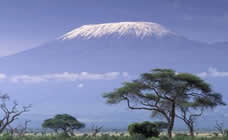
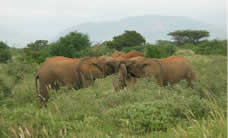
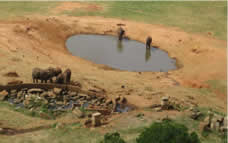
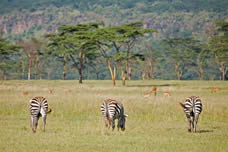
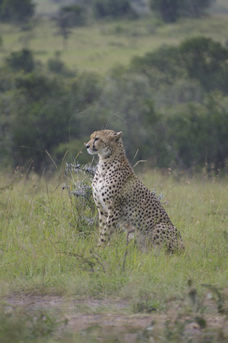
Comments
Post a Comment